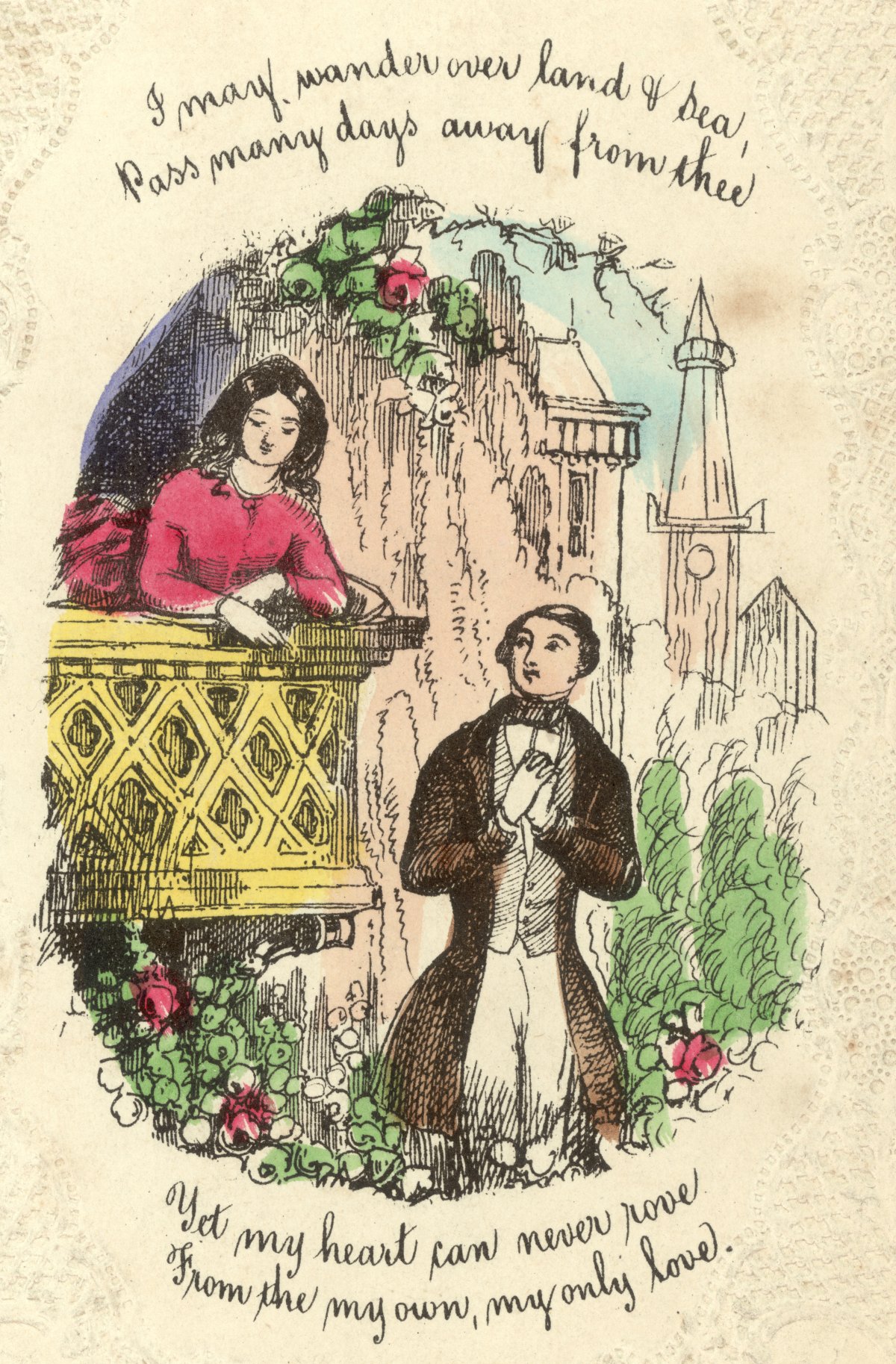Valentine's Day is an annual holiday that sees people worldwide celebrate love in all forms. The day sees people exchange gifts, words and other expressions of love and affection for each other.
But how did Valentine's Day begin and what does St. Valentine have to do with the holiday? Newsweek explains below.
Who Was St. Valentine?
The exact origins of Valentine's Day are unclear, explains the U.S. Library of Congress.
But according to legend, St. Valentine was a Christian martyr who was imprisoned for a transgression back in 5th century A.D., said Elizabeth Nelson, a University of Nevada, Las Vegas (UNLV) history professor and 19th-century pop culture expert.
The jailer's daughter was believed to have taken pity on him, bringing him food, and attempted to save him. This allegedly led the man to send her note to thank her, which was signed "From your Valentine," Nelson said.
However, this myth does not hold up on "multiple historical levels," according to the professor, as it's unlikely that this woman would have been literate and that Valentine would have had access to paper and pen in a prison to write the note.
Another common legend claims that St. Valentine, despite the emperor's orders at the time, had secretly married couples to spare the husbands from war, which saw the holiday become associated with love.
Other accounts say the holiday was actually named after St. Valentine of Terni, a bishop, though both men may have actually been the same person, according to some.
The Library of Congress website notes: "The romance we associate with Valentine's Day may spring from the medieval belief that birds select their mates on February 14th. During the Middle Ages, human lovebirds recited verse or prose to one another in honor of the day."

How Did Valentine's Day Begin?
Ancient Romans celebrated the feast of Lupercalia on the fifteenth of February. The Roman festival, which celebrated the arrival of spring, entailed fertility ceremonies and the pairing off of women with men by lottery.
In A.D. 496, Pope Gelasius I of Rome declared February 14 as Valentine's Day.
Handmade valentines, which were probably the first-ever greeting cards, were seen in the 16th century, while the mass production of cards began in the 1800s, the Library of Congress explains.
The cards were initially hand-tinted by factory workers before more advanced versions, such as lace and ribbon-strewn cards, were created by machine from the early 20th century.
Esther Howland of Massachusetts was the first to sell mass-produced Valentine's Day cards in the 1840s, according to the U.S. Census Bureau website.

Why Is St. Valentine Celebrated?
The Roman Catholic Church recognizes St. Valentine, the patron saint of lovers, epileptics, and beekeepers, as a church saint.
But in 1969, he was removed from the General Roman Calendar due to the lack of reliable information about him.
The Nuremberg Chronicle (published in 1493) is believed to contain the first in-print mention of St. Valentine, according to the Library of Congress. But his role as patron saint of lovers was not mentioned.
Despite his unconfirmed origins, St. Valentine became attached to the holiday.
The Library of Congress says: "Like so many holidays, a Christian gloss was added to the pagan fete when the holiday moved to the fourteenth of February—the saint day associated with several early Christian martyrs named Valentine."
Professor Nelson also explained Christians back in the day tended to link saint holidays with pagan celebrations in a bid to help "solidify conversion because people didn't want to give up the ways in which they lived their lives.
"Blending these holidays allowed revelers to keep observing rituals from centuries ago. Over time, the original intent was forgotten," she said.

Uncommon Knowledge
Newsweek is committed to challenging conventional wisdom and finding connections in the search for common ground.
Newsweek is committed to challenging conventional wisdom and finding connections in the search for common ground.
About the writer
Soo Kim is a Newsweek reporter based in London, U.K. She covers various lifestyle stories, specializing in travel and health.
Soo ... Read more
To read how Newsweek uses AI as a newsroom tool, Click here.






